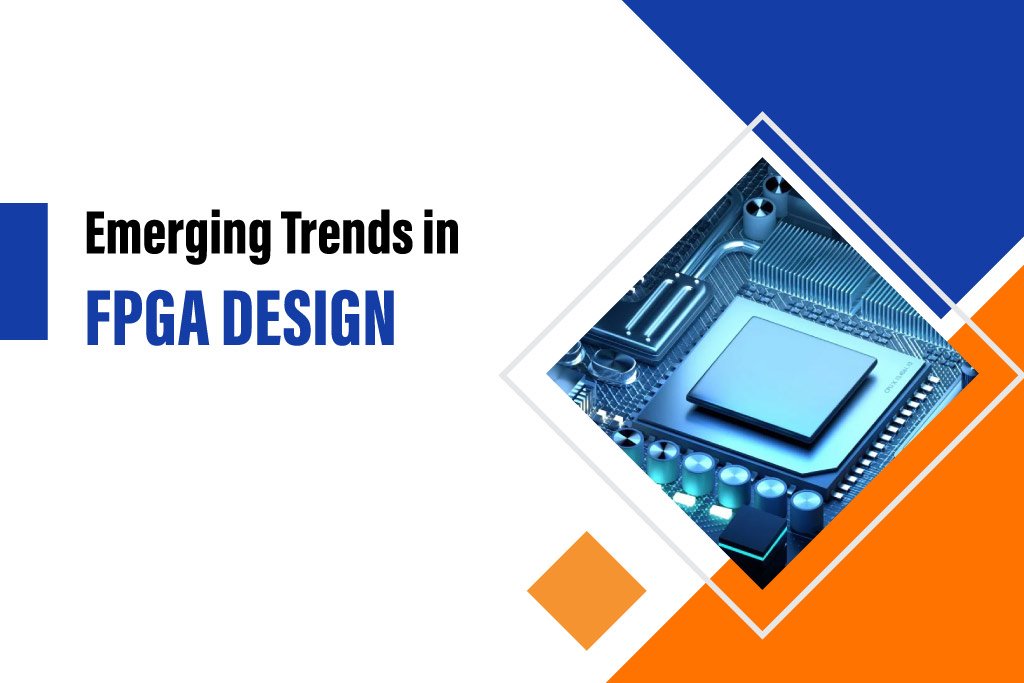
Today the limitless Innovation and technological transformation makes a unique rise in various industries and one such innovation is the Field Programmable Gate Arrays (FPGA) which is game a game-changer offering limitless possibilities, evolution of hardware functionality and enabling industries to reach new heights.
The best engineering colleges in Coimbatore let you acknowledge these emerging trends where it comes with the various benefits that engineers need to know. This article provides brief explanation about the Field Programmable Gate Arrays, benefits, applications and developers may find these innovative hardware designs interesting.
Field Programmable Gate Arrays- What is it?
Central processing units and graphic processing units are two main categories of chips used in computer which receives a lot of attention. However, those aren’t only the chips which can influence how a computer is utilized, another type is called Field Reprogrammable Gate Arrays which offers flexibility integrated circuit.
This integrated circuit provides the customer to modify the hardware after it has been manufactured to satisfy certain use case requirements. Upgrading and fixing bugs is possible where it recommends for future deployments. This FPGA has a series of programmable interconnects to connect the flexible logic blocks and build whatever from basic logic gates to intricate operations.
How developers should see the FPGA?
Because of the flexibility of FPGA, developers can test a wide range of factors after the board is designed.
New configuration files that enable new capabilities are loaded onto the device when adjustments are needed. Before finishing the design at tape-out, developers gradually refine it with FPGA prototypes. FPGAs are widely utilized in commercial applications like aviation and telecommunications where parallel computation is required and needs are dynamic.
FPGA revolution: What business need to know?
- These reprogrammable gadgets have several benefits, revolutionizing businesses and opening up limitless opportunities.
- FPGAs easily modify hardware functionality, adding a huge 43% to its value. Fixed-function hardware limits are no longer an issue for projects; they can easily adapt, upgrade, and optimize.
- FPGAs function incredibly quick as they can process large amounts of data and conduct intricate computations at very high speeds.
- FPGA is on revolution period because of its flexibility advantages. This helps in easy to adapt and give way to wide range of jobs and requirements.
- FPGAs provide a 15% cost benefit, reducing the need for new hardware and optimize the return on investment.
What are the applications of FPGA?
- FPGA is a tool that engineers can utilize to create new semiconductor technologies. Because it is more flexible and agile than ASICs, it works well as a substitute. Telecommunications and networking equipment also use FPGAs.
- Video rendering is one of the applications of FPGA in the form of expansion cards where it gained familiarity. This exclusive FPGA based expansion card for Apple’s Mac Pro speed up the rendering video files, freeing up the CPU for other processing tasks.
- Customization of hardware is another application you can discover from the FPGAs integrated circuit where its behaviour similar to the GPU and ASIC. This actually benefits in evolving AI landscape with the benefits from reprogrammable and reconfigurable nature of FPGAs. This enables designers to test algorithms and get to market at quick pace.
- For data centre environment, the flexibility of FPGA is an another features which takes greater advantages. Rather than requiring multiple hardened ASICs for different applications, an FPGA can be modified and reconfigured, allowing for even more hardware resource optimization.
- Storage is another application where it offers a kind of solid-state drive that has an integrated processor, frequently an FPGA or CPU, to handle part of the workload independently from the primary device. This is one area where FPGAs are expected to have an impact in the future.
- Though, the FPGA is on early stages requires lot of attention and research. Organizations like DELL have made significant investments in it due to its potential to accelerate processing times in cloud or edge computing scenarios.
FPGA and IoT: The Future
- Due to the continuous operation of multiple sensors, such as temperature and humidity detectors, FPGAs offer a critical advantage which is parallel execution. FPGAs are more power-efficient for IoT because they don’t need to be looped and paused for delays.
- Over the course of the projected period, it is expected that demand for IoT will rise even further, which will increase demand for semiconductors and other components.
- The number of IoT devices is likely to increase quickly, and during the forecast period, the amount of chips needed to manufacture IoT instruments is also anticipated to increase. Manufacturers will target reducing energy consumption in conjunction with the shrinking of semiconductors.
- IoT is expected to be a key factor in fostering innovation, enabling the development of new business models, and improving society globally in a number of ways.
Hope, the above insights let you know about the innovation of FPGAs and its impact in business and industries has a greater effect. The top engineering colleges in Coimbatore, India need to address and incorporate the knowledge of these new gate array designs which is beneficial for the hardware designers. Also, the technology requires more research and development to make a solid presence.
